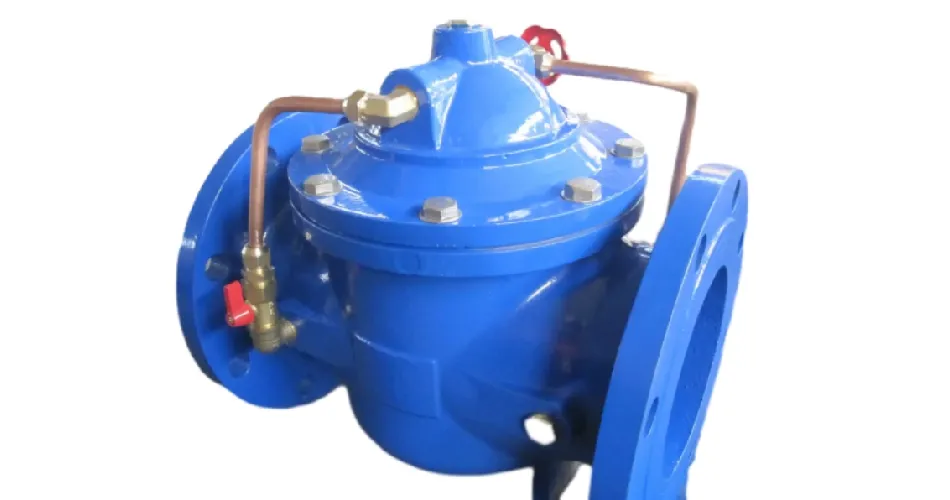Hul . 27, 2024 16:27 Back to list
Exploring Different Types of Wood Connectors for Enhanced Furniture Durability and Aesthetic Design
Understanding Furniture Wood Connectors A Key to Durable Furniture Construction
Wood furniture has long been a staple in homes around the world, prized for its beauty, versatility, and durability. However, the longevity and stability of wooden furniture often rely on the effectiveness of the connectors used in its construction. This article will explore the various types of furniture wood connectors, their applications, and the benefits they offer in creating sturdy, lasting wooden furniture.
What are Furniture Wood Connectors?
Furniture wood connectors refer to various hardware and devices that join different pieces of wood together. These connectors can take many forms, including screws, nails, dowels, brackets, and specialized joinery techniques. Each type of connector has its unique characteristics, benefits, and applications, making the choice of connector crucial in furniture design and assembly.
Types of Furniture Wood Connectors
1. Screws and Nails These are perhaps the most common connectors used in woodworking. Screws provide a strong grip and can easily be removed or replaced, making them an excellent choice for assembly and disassembly. Nails are quicker to use but may not provide the same level of strength as screws, particularly in load-bearing applications.
2. Dowel Joints Dowels are cylindrical wooden rods that fit into corresponding holes drilled into two pieces of wood. This method creates a strong joint that adds stability and is often used in construction where the aesthetic appearance of the joint is important, as they can be hidden when properly assembled.
3. Biscuits Biscuit joints use flat, oval-shaped wooden pieces (biscuits) that fit into slots cut into the adjoining pieces of wood. When glue is applied, the biscuits expand to create a tight, strong bond. Biscuit joints are ideal for edge-to-edge joins, such as table tops and cabinetry.
furniture wood connector

4. Pocket Hole Joinery This method uses angled holes drilled into one piece of wood, allowing screws to connect it to another piece hidden from view. Pocket hole joinery is praised for its ease and speed of assembly, making it popular in contemporary furniture construction.
5. Brackets and Fasteners Metal brackets and other fasteners provide additional support, especially in furniture that needs to bear substantial weight. They can reinforce corners and connections, ensuring the furniture remains stable and functional over time.
The Importance of Choosing the Right Connector
The choice of wood connector is critical not only for structural integrity but also for ease of assembly and aesthetics. For instance, while a screw might be well-suited for securing components that require frequent disassembly, a dowel joint may be preferred for a more finished look where screws would be visible. Additionally, considering the type of wood used in the furniture is essential; some softwoods may require different connectors than hardwoods due to differences in density and strength.
Benefits of Quality Connectors
Using high-quality furniture wood connectors can significantly enhance the durability and stability of furniture. They help to prevent wobbling, separating, or breaking, ensuring that the investment made in the furniture will last for years. Moreover, well-constructed furniture using the right connectors can also increase valuable longevity, contributing to sustainable practices by reducing the need for replacements.
Conclusion
In conclusion, furniture wood connectors play a vital role in the construction and longevity of wooden furniture. By selecting the appropriate connectors and understanding their functions, furniture makers can create sturdier, more aesthetically pleasing pieces that stand the test of time. As woodworking continues to evolve, innovative connector designs will undoubtedly emerge, further enhancing the art and craft of furniture making.
-
Smart Monitoring Integration with Modern Gate Valve TypesNewsJun.16,2025
-
Innovative Metal Mesh Strainer Designs for Modern Minimalist KitchensNewsJun.16,2025
-
Impact of Control Valve Maintenance on Pipeline SafetyNewsJun.16,2025
-
Essential Maintenance Tips for Trunnion Ball Valves TypesNewsJun.16,2025
-
Cost-Benefit Analysis of Common Check Valve TypesNewsJun.16,2025
-
Bidirectional Flow Challenges in Globe Valve SystemsNewsJun.16,2025
Related PRODUCTS









